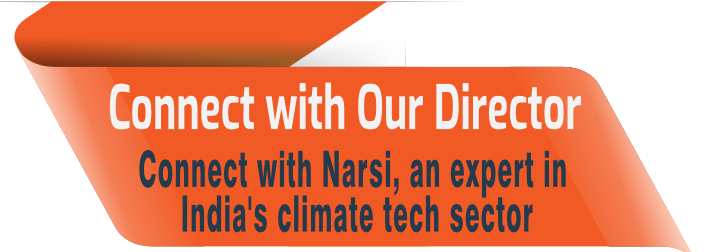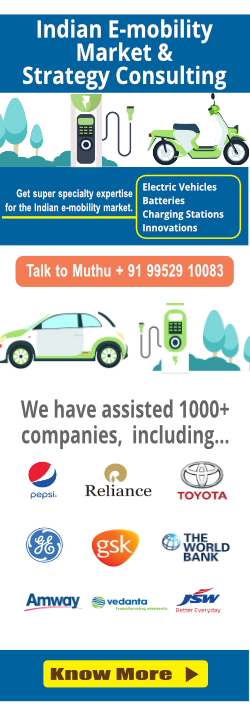Are you looking to get energy security for your company through reduction in the use of diesel, furnace oil, LPG and costly grid power?
EAI can do a feasibility study for the use of solar PV & thermal, biomass for heat and power, waste heat recovery and energy efficiency to dramatically cut down fossil fuel use and reduce your energy bills. See EAI’s SURE-FIRE offering for more.
EAI presents Cleantech Snapshots: a quick summary of some of the most interesting and innovative areas in clean technology that will drive the sustainability movement in future.
This snapshot focuses on Back pressure steam turbines. Within this page you will find
- An overview of Back pressure steam turbines
- Principle
- Classification of steam discharge
- Working
- Advantages
- Applications
- Drawbacks
Overview
- Non-condensing or back pressure turbines are most widely used in process steam applications to generate power from existing steam
- These are commonly found at refineries, chemical industries, and pulp/paper plants where large amounts of low pressure process steam are available
- The turbine uses the energy in the steam to generate power. By suitably controlling the exhaust pressure from the turbine, the resulting steam can then be used for process heating
 Back pressure steam turbine(Image source)
Back pressure steam turbine(Image source)
Principle
- The steam energy is converted mechanical work by expansion through the turbine
- Expansion takes place through a series of fixed blades and moving blades
- In each row fixed blade and moving blade are called stage
Classification of steam discharge
- Back pressure – The back pressure turbine discharges the steam into a pressurized piping system to be used for process heating elsewhere or as the supply to other turbines
- Atmospheric – The usually short discharge piping is used just to get the steam out of the building or to direct it away safely
- Condensing – The discharge of a condensing turbine connects to a surface condenser to extend the range of pressure drop through the turbine to extract more power. The discharge pressure is actually a vacuum
Working
- Fan blades are mounted on a rotor of the turbine
- Rising steam turns the blades, and thus the rotor
- This rotary motion is then directly transferred to running a generator. This is how the heat energy of steam is turned to mechanical energy, and then into electricity
Advantages
- Simple configuration
- Low capital cost
- Low need of cooling water
- High total efficiency
Applications
- Back-Pressure Turbines, often used for electricity generation in process industries, do not use condensers
- They do not waste the energy in the steam emerging from the turbine exhaust; it isinstead diverted for use in applications requiring large amounts of heat such as refineries, pulp and paper plants, desalination plants and district heating units
- These industries may also use the available steam to power mechanical drives for pumps, fans and materials handling
- The boiler and turbine must of course be oversized for the electrical load in order to compensate for the power diverted for other uses
Drawbacks
- Low electrical efficiencies
- Need for expensive high-pressure boilers and other equipment
- Slow start up time
- Poor load performance










This is a nice blog. Understanding Steam turbines never felt so easy.